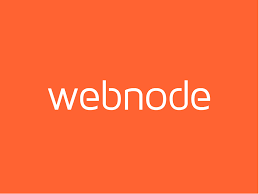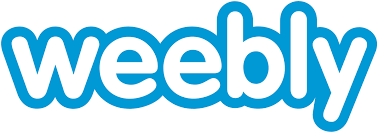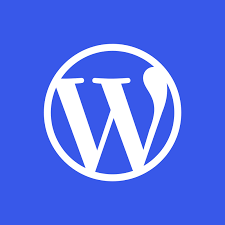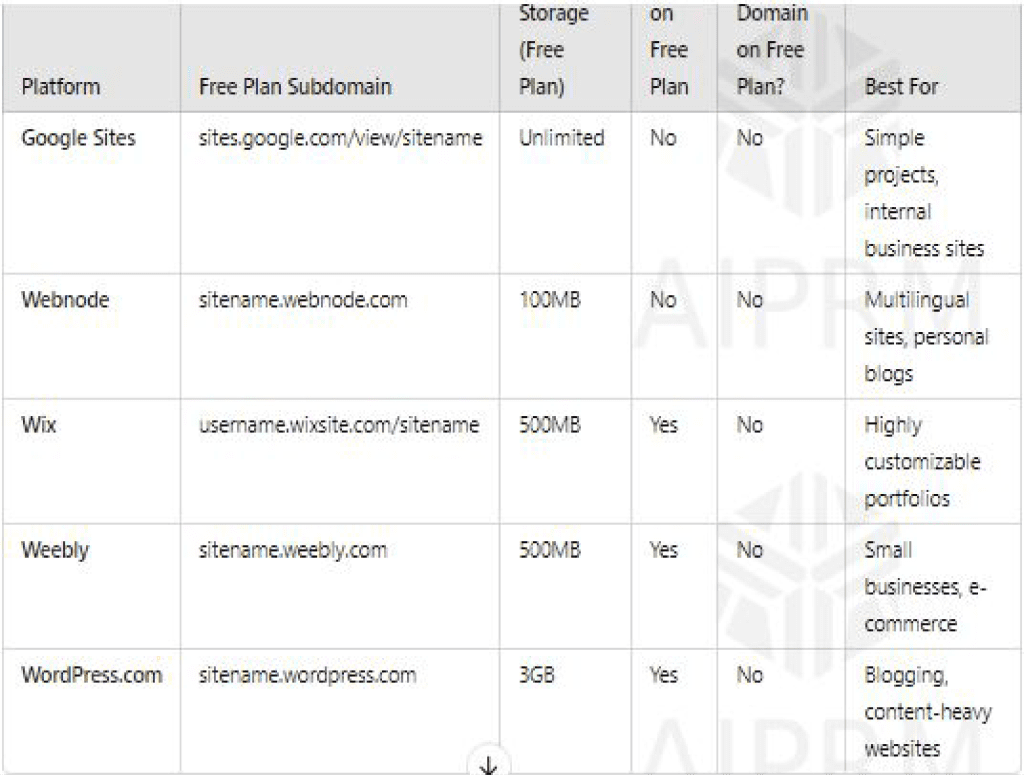Building a website has become a straightforward process, especially with the plethora of platforms offering free plans. Whether you’re looking to start a personal blog, create a professional portfolio, or launch a small business website, there are many options available that require little to no upfront cost. This article will explore and compare some of the top free platforms for building websites, focusing on affordability, usability, and key features. We’ll delve into platforms like Google Sites, Webnode, and others to help you decide which platform best suits your needs. The comparison will also include the pros and cons of each platform, highlighting what makes them stand out

1. GOOGLE SITES
Google Sites is one of the most user-friendly platforms available for building a website. Developed by Google, this platform integrates smoothly with Google’s ecosystem, making it an excellent choice for users who already rely on Google tools. Google Sites is a completely free platform with no hidden charges or upgrade plans, making it ideal for small-scale projects or internal business websites.
Key Features:
- Total Cost: 100% free with no premium options.
- Integrations: Seamlessly connects with Google Workspace, allowing users to embed documents, spreadsheets, presentations, and forms directly into their site.
- Usability: The platform’s interface is incredibly simple. Users can easily add sections, text, and images using a drag-and-drop method, without requiring any coding knowledge.
- Hosting and Domain: Google Sites provides free hosting but limits users to a subdomain (e.g.,
sites.google.com/view/sitename), which may not be ideal for professional projects.
Pros:
- Completely Free: Unlike most other platforms, Google Sites has no paid tiers or plans.
- Seamless Integration with Google Services: If you’re already using Google Docs, Sheets, or Drive, integrating these elements into your website is effortless.
- No Ads: Google Sites does not display any ads, even on the free plan.
- Collaboration Tools: Multiple users can work on the same site simultaneously, making it perfect for team projects.
Cons:
- Limited Design Flexibility: Google Sites has very few templates, and there are only basic customization options in terms of design and layout.
- No Custom Domain: You can’t connect a custom domain for free, so if you’re building a professional website, the generic URL might not be suitable.
- Basic Features Only: Google Sites does not offer SEO tools, e-commerce features, or any advanced analytics.
- Not Scalable: This platform is more suitable for small projects or intranet-style sites, rather than growing businesses or large organizations.

2. WEBNODE
Webnode is a versatile website builder that allows users to create free websites with ease. It’s particularly known for offering multilingual website capabilities, making it a popular option for individuals and businesses with a global audience. With Webnode, you get a professional-looking website that’s easy to set up, even for those without technical experience.
Key Features:
- Total Cost: Webnode’s free plan provides basic features, with paid plans offering more advanced options.
- Multilingual Support: One of the standout features is Webnode’s ability to create a multilingual website, which is rare among free website builders.
- Mobile-Responsive Templates: All the templates available on Webnode are mobile-friendly, ensuring that your website looks good on any device.
- Usability: Like most drag-and-drop builders, Webnode is very easy to use. You can edit text, images, and sections without any coding experience.
Pros:
- Multilingual Capabilities: The option to create websites in multiple languages is ideal for global businesses or individuals targeting various regions.
- Ad-Free on Free Plan: Even the free plan doesn’t display any ads, so your website remains clean and professional-looking.
- Easy to Use: The drag-and-drop editor makes Webnode user-friendly, even for beginners with no prior web development experience.
- Mobile-Friendly Designs: All the templates are optimized for mobile devices, ensuring good functionality across platforms.
Cons:
- Limited Storage and Bandwidth: Free plan users only get 100MB of storage and 1GB of bandwidth, which could be limiting if you plan to upload lots of media files.
- Webnode Subdomain: You are limited to a
sitename.webnode.comsubdomain unless you upgrade to a paid plan, which could affect the professional image of your site. - Basic Features on Free Plan: Webnode’s free version lacks essential tools like advanced SEO settings, analytics, and e-commerce functionalities.
- Design Customization Limits: While Webnode offers a decent selection of templates, its customization options are not as flexible as other platforms.
JOIN OUR WEEKLY NEWSLETTER
Warning: Undefined array key "eael_lightbox_closebtn_color" in /home/tulipcol/indegenemedia.com/wp-content/plugins/essential-addons-elementor/includes/Elements/Lightbox.php on line 1912

3. WIX
Wix is a popular and feature-rich website builder that offers a robust free plan. Known for its creative freedom, Wix is ideal for individuals or businesses who want a high degree of customization for their websites. Wix provides over 500 templates and an incredibly flexible drag-and-drop editor, giving users a lot of creative control over their website’s design.
Key Features:
- Total Cost: The free plan is available, but premium features like a custom domain and advanced functionalities are locked behind paid plans.
- App Market: Wix has an extensive app market, allowing users to add advanced features such as booking systems, contact forms, and live chat directly to their site.
- SEO Tools: Wix provides a wide range of built-in SEO tools to help your site rank higher on search engines, even on the free plan.
- Drag-and-Drop Editor: Wix’s drag-and-drop interface allows users to place elements anywhere on the page, making it one of the most flexible editors available.
Pros:
- Highly Customizable: Wix allows users to edit virtually every aspect of their website, from layout to colors, fonts, and images.
- Huge Template Library: With over 500 templates, Wix offers more design options than most other free website builders.
- SEO and App Market: Even on the free plan, you have access to essential SEO features and a wide range of apps to extend the functionality of your site.
- No Coding Required: Wix’s drag-and-drop interface is one of the most user-friendly, making it perfect for beginners.
Cons:
- Wix Ads: Free websites display Wix ads and branding, which can be distracting and detract from a professional appearance.
- Wix Subdomain: Free websites come with a
username.wixsite.com/sitenamesubdomain, which can appear unprofessional for business websites. - Storage and Bandwidth Limits: The free plan only offers 500MB of storage and 500MB of bandwidth, which may not be enough for media-heavy sites.
- No Custom Domain on Free Plan: To use your own domain, you’ll need to upgrade to a paid plan.

4. WEEBLY
Weebly is another drag-and-drop website builder that is favored for its ease of use. Owned by Square, Weebly is particularly well-suited for small businesses, especially those wanting to sell products online. While Weebly’s free plan doesn’t offer advanced e-commerce features, it’s still an excellent choice for beginners who want a clean and straightforward site.
Key Features:
- Total Cost: Weebly’s free plan is available with limited features. To unlock more functionality, you will need to upgrade to a premium plan.
- Basic E-commerce Features: The free plan includes very basic e-commerce capabilities, allowing you to add a store and sell products online without upfront fees.
- App Center: Like Wix, Weebly offers an app center where users can download and install various extensions to enhance their website.
- Responsive Themes: All of Weebly’s templates are mobile-friendly and optimized for a variety of devices.
Pros:
- Beginner-Friendly: Weebly’s drag-and-drop interface is intuitive, making it easy for users with no web design experience.
- E-commerce on Free Plan: While limited, the fact that Weebly offers basic e-commerce tools on the free plan makes it unique among website builders.
- No Ads on Free Plan: Weebly does not place disruptive ads on free websites, allowing for a more professional look.
- Mobile-Responsive Designs: All templates are mobile-optimized, ensuring your site looks great on any device.
Cons:
- Weebly Branding: Free websites use a
sitename.weebly.comsubdomain and display subtle Weebly branding. - Storage Limitations: Free users are limited to 500MB of storage, which may be insufficient for larger sites with lots of media content.
- Basic Customization: While Weebly offers good design templates, its customization options are more limited compared to platforms like Wix.
- Upgrades Required for Advanced Features: To access more advanced e-commerce, analytics, and SEO tools, you will need to upgrade to a paid plan.

5. WORDPRESS.COM
WordPress.com is the hosted version of the WordPress content management system, which is particularly suited for bloggers and content-driven websites. The free plan offers a solid platform for beginners, but users looking for more customization options and advanced features may need to upgrade to a paid plan or consider self-hosted WordPress (WordPress.org).
Key Features:
Key Features:
- Total Cost: Free plan available, but advanced features like custom domains, premium themes, and e-commerce capabilities are part of paid plans.
- Best for Blogging: WordPress.com is built primarily for content-driven websites, particularly blogs, making it the best platform for writers and publishers.
- Mobile-Responsive Themes: WordPress.com offers a wide range of themes that are fully responsive on mobile devices.
- Community and Resources: WordPress has a vast online community and plenty of resources of tutorials, forums, and guides that can help users get the most out of the platform.
Pros:
- Ideal for Blogging: WordPress.com is specifically designed for bloggers and content creators, offering an excellent range of tools for writing, publishing, and managing posts.
- Extensive Themes: WordPress.com provides access to a large library of customizable themes, many of which are optimized for mobile devices.
- Community Support: Due to its popularity, WordPress has an enormous online community, making it easy to find help through forums, tutorials, and online guides.
- No Coding Required: While WordPress.com doesn’t offer the same drag-and-drop experience as Wix or Weebly, it still provides an intuitive interface that doesn’t require technical expertise to get started.
Cons:
- WordPress Ads: Free sites will display WordPress ads, which can distract visitors and make your website look less professional.
- Limited Customization on Free Plan: Without upgrading, you won’t have access to advanced customization options, and you can’t install plugins, which are a core feature of the self-hosted version (WordPress.org).
- WordPress Subdomain: Free sites are restricted to a
sitename.wordpress.comURL unless you upgrade to a paid plan. - Learning Curve: WordPress.com has a steeper learning curve than drag-and-drop platforms like Wix or Weebly, making it less suitable for absolute beginners who want instant results.

Conclusion: Choosing the Right Platform
Selecting the right platform for your website depends on the goals of your project, your technical expertise, and the level of customization you need. Here’s a quick summary to help you make the best choice:
- Google Sites is ideal for simple projects, personal websites, or internal team sites. Its seamless integration with Google services makes it a great option for collaborative work, though it’s not suitable for those seeking high customization or scalability.
- Webnode is a good fit for small personal or business websites, particularly those requiring multilingual support. It’s clean and professional, though the free plan limits storage and lacks advanced SEO tools.
- Wix stands out for its creative freedom and flexibility, making it perfect for users looking to build highly customized websites with advanced design options. However, the ads and subdomain on the free plan may not be suitable for professional use.
- Weebly offers basic e-commerce functionality even on the free plan, making it a good choice for small businesses. Its ease of use and drag-and-drop functionality are great for beginners, but its free version is limited by ads and storage.
- WordPress.com remains the top choice for bloggers and content-heavy websites, offering a clean, professional interface with a solid range of tools for writing and publishing. However, its free plan’s limitations in terms of customization and ads might prompt more serious users to consider upgrading.
In conclusion, if your primary focus is simplicity and a completely ad-free experience, Google Sites or Webnode might be your best bet. For more design flexibility and advanced features like SEO tools, consider Wix or Weebly. If you’re looking for a platform tailored to blogging and content creation, WordPress.com will serve you well.
No matter which platform you choose, each of these free website builders provides a valuable opportunity to establish a web presence without the need for technical skills or large budgets. Start with a free plan, and as your needs grow, you can always consider upgrading to unlock more features and greater customization options.



